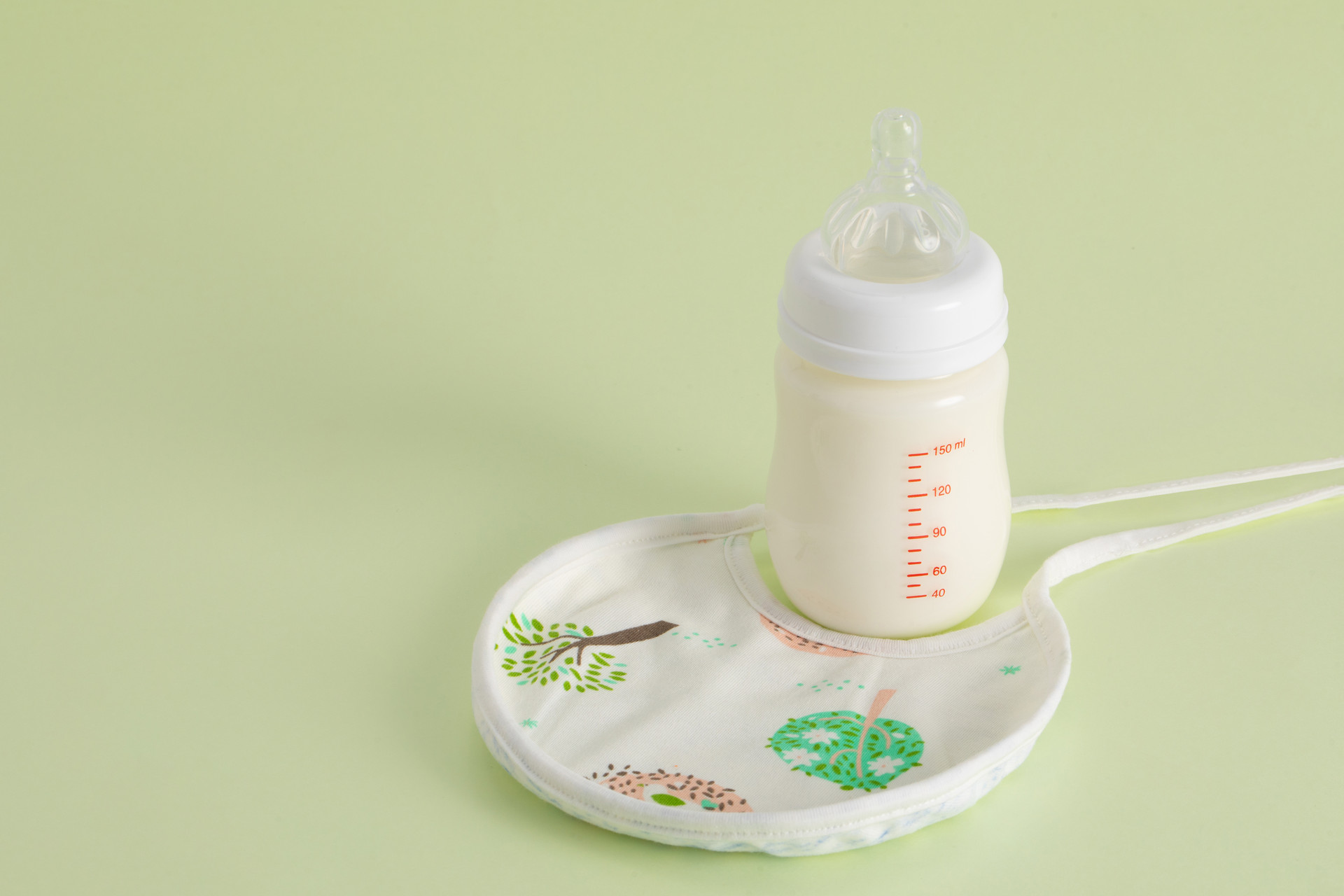Leg cramps are a common phenomenon in everyday life, especially when sleeping at night. The pain caused by leg cramps can wake a person up quickly. Many people believe that leg cramps are caused by a lack of calcium. However, is this really the case? In fact, there are many different causes of leg cramps. Let's take a look at them one by one.

Causes of Leg Cramps
1. Cold stimulation
The cold stimulation from the external environment, such as a low room temperature during winter nights, using a thin blanket or exposing the legs and feet outside the blanket while sleeping. Poor sleeping posture, such as lying on your back for a long time, causing the blanket to press on the feet or lying on your stomach for a long time, causing the feet to be pressed against the bed, can force certain muscles in the calves to remain in a relaxed state for a long time, leading to "passive contraction" of the muscles.
2. Excessive fatigue
Fatigue, lack of sleep or excessive rest can lead to the accumulation of acidic metabolic waste products in the affected area, which can cause muscle spasms. For example, walking or exercising for too long can cause excessive fatigue in the lower limbs or lack of restful sleep, both of which can lead to lactic acid buildup. Sleeping or resting excessively for too long can slow down blood circulation, leading to carbon dioxide buildup, and so on.
3. Calcium deficiency
Calcium ions play an important role in muscle contraction. When the concentration of calcium ions in the blood is too low, muscles tend to become easily excited and spasm. Adolescents undergo rapid growth and are prone to calcium deficiency, leading to leg cramps. Elderly women experience a decrease in estrogen levels and osteoporosis, which can cause low blood calcium levels, increased muscle stress, and frequent spasms.
Methods to Relieve Leg Cramps
1. Immediately place your feet on the ground
Leg cramps often occur while sleeping at night. Once a cramp occurs, it may be helpful to immediately get out of bed, stand with the heels on the floor for a while, or lie flat with the heels against the wall.
2. Stretch and flex the legs
Use your hands or directly flex your toes, lifting the sole of the foot, extending the joints, and relaxing the leg. Grab the big toe of the cramping leg with your hand and pull the sole of the foot in the opposite direction. This can help extend the gastrocnemius muscle and then stretch the leg, relieving the leg cramp.
3. Massage and apply heat
Gently massage the cramping area to relieve discomfort. If the cramp lasts too long and causes local muscle soreness, you can choose to apply heat or soak in hot water. Apply a hot towel or hot water bag to the calf to promote blood circulation in the muscles, relieve spasms, and then massage the calf back and forth.











